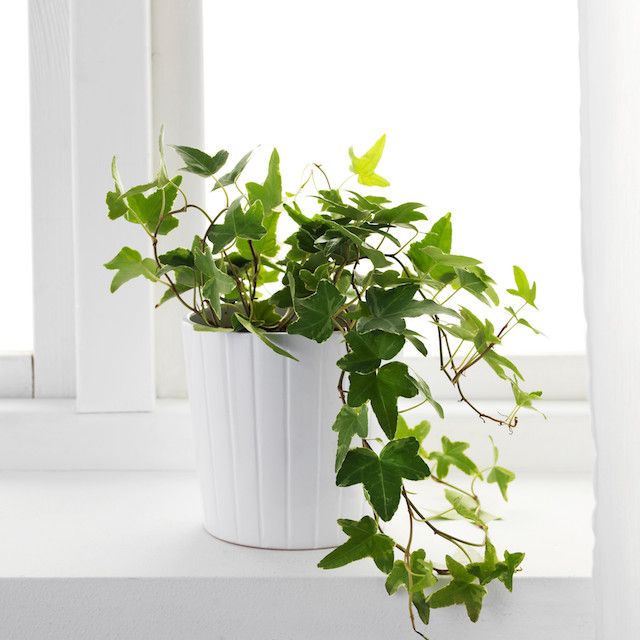Training English Ivy Trellis

Different ivy varieties use various techniques for climbing walls.
Training english ivy trellis. In the early stages of growth use fabric ties to tie the main stems to your arbor or pergola. All parts of the plant are toxic. It climbs using either aerial rootlets such as english ivy or adhesive discs such as with boston ivy and secretes a sticky substance that helps it climb. Insert the wire topiary form into the container by pushing the wire base into the soil.
Severe skin irritation can result from contact with the plant cell sap. Be sure that the area where. It is almost impossible to kill this versatile container plant. Hardiness zones are categories based on temperature and location that determine which plants while grow well in which areas.
Nylon stockings work great for this because they have a lot of give and allow room for the stems to grow and expand. Training vines to climb is relatively easy. Video of the day. These don t usually work well with brick walls unless you plan to.
Ingesting the leaves can cause excessive drooling vomiting and diarrhea as well as delirium hallucinations rash and fever. Ivy is a plant with dark wide leaves that climbs up walls trellises fences and other structures. Plant ivy in its ideal growing conditions and it will rapidly climb a trellis. Some grow twisting tendrils that wrap around items to climb.
You ve undoubtedly seen the fast growing invasive english ivy also known as branching ivy or glacier ivy as ground cover in landscaping and it is easy to grow in any balcony garden. Because of its hardy disposition and fast growing nature english ivy can be trained to grow around forms to create topiaries or up the sides of buildings for a natural decoration. It can be trained to grow up a trellis or in a hanging plant container. English ivy vines are poisonous plants for humans dogs cats and livestock.
English ivy likes fertile and well drained soil. English ivy is unlikely to thrive outside of hardiness zones 4 to 9. Plants like boston ivy virginia creeper and english ivy use sucker pads and aerial roots to secure themselves to almost any surface and are often used to cover a bare brick wall. They may be clingy but self clinging climbers are surprisingly low maintenance.
Step 1 determine your hardiness zone. Beware though these strong climbers will leave behind suckers or roots when removed. You can determine your hardiness zone by looking in a farmer s almanac or visiting the usda website 1 x research sourcestep 2 locate an area with fertile and well drained soil. The process is similar to training grapevines onto a four arm kniffin system and forces the vine to work its way up the fence slowly eliminating bare twiggy vine areas on the fence.














































